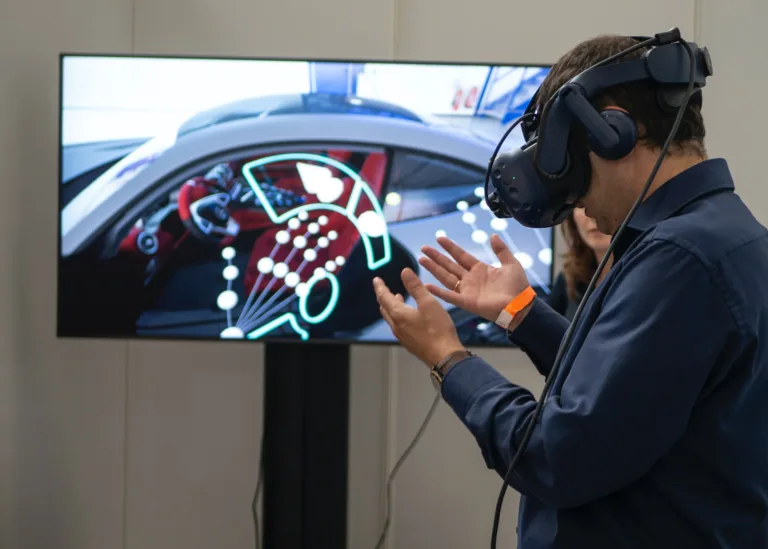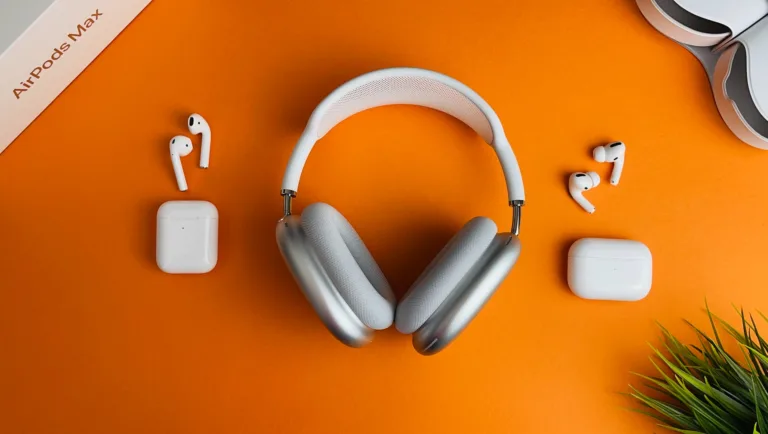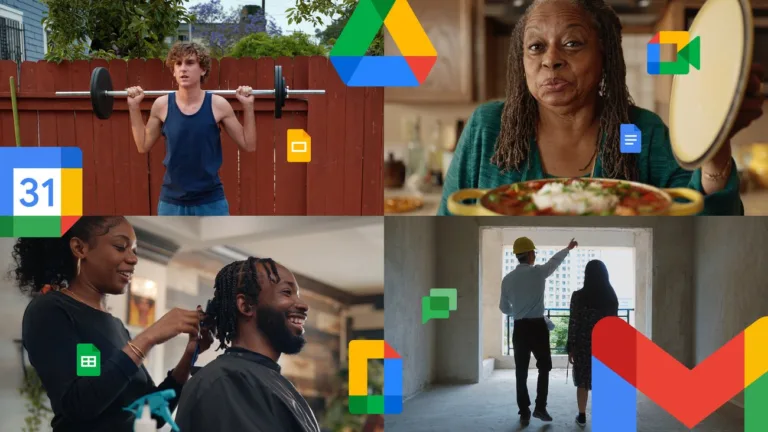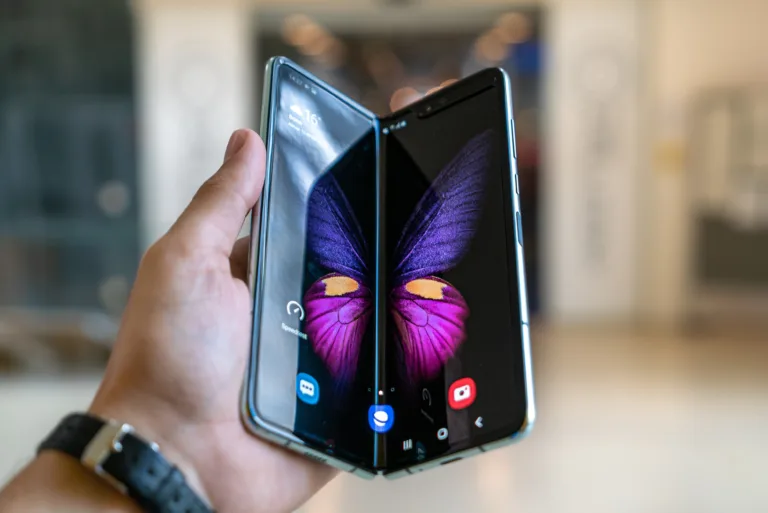The world of mobile devices has long debated between Android and iOS. Each operating system has advantages and drawbacks, leaving the question of which is better. This article explores why Android is the superior mobile operating system. We’ll highlight Android’s primary features and benefits over iOS, analyze current market trends, and provide relevant statistics and facts to make our case. When you finish reading, you’ll understand why Android should be your top choice.
Android vs. iOS: Why Android Reigns Supreme?
User Interface
Android provides users with more customization options for their device’s user interface than iOS. Android’s interface is highly customizable, allowing users to personalize their devices. In contrast, iOS features a consistent interface across all devices, which some users may find restrictive. Here are some specific examples of how Android’s user interface is superior to iOS:
- Android devices have an app drawer separating apps from the home screen, making organizing and finding apps more accessible.
- Android devices allow users to choose their default apps for browsing, messaging, and calling.
- Android devices offer split-screen multitasking, which allows users to use two apps simultaneously.
These are a few Android smartphones that provide a seamless interface.
- Google Pixel 7 Pro
- Samsung Galaxy S23 Ultra
- OnePlus 11 5G
- Samsung Galaxy S23+
Customization
In terms of customization, Android trumps iOS. Unlike iOS, Android allows users to customize their devices without limitations, tailoring them to their preferences. Here are some examples of Android’s superiority in terms of customization:
- Widgets and App Icon Customization: Android lets you add widgets to your home screen, which allows you to directly access information and controls without opening an app.
- Third-party Launchers: With Android, you can use third-party launchers (From the Play Store) that completely change the look and functionality of your device’s home screen and app drawer.
- File Management: One of the most significant advantages of Android is its file management system. With Android’s file manager, you can easily browse, move, and delete files on your device without needing a separate app.
- Custom ROMs: For advanced users, Android offers the ability to install custom ROMs, which are modified versions of Android that offer enhanced features and functionalities.
Features
While both operating systems offer a wide range of parts, Android’s features are much more advanced and versatile. Here are some examples of Android’s superiority in terms of features:
- Customizability: As discussed earlier, Android’s customizability is one of its most prominent features. From changing the appearance of your home screen to installing custom ROMs, Android offers endless possibilities for customization.
- Multitasking: Android’s multitasking capabilities are far superior to those of iOS. With Android, you can use split-screen mode to run two apps simultaneously or picture-in-picture mode to watch a video while using another app.
- Expandable Storage: Most Android devices come with expandable storage options, meaning you can easily add more storage space by inserting an SD card.
- Google Assistant: Many people widely consider Google Assistant to be the best virtual assistant in the market, even though both Android and iOS have their assistants. Google Assistant can do everything from setting reminders to booking appointments.
Integration Capabilities
Android offers greater flexibility and versatility in terms of integration capabilities than iOS. While iOS devices are only compatible with Apple’s services and products, Android allows seamless integration with a broad range of third-party services and products. Here are some examples of Android’s superiority in terms of integration capabilities:
- Google Services Integration: You can access a variety of Google services, including Gmail, Drive, Google Photos, Google Maps, and many others, by using an Android device. These services integrate seamlessly with your device, making accessing and managing your files and data accessible.
- Third-Party App Integration: Android devices allow for easy integration with third-party apps. For example, you can use third-party email clients or messaging apps instead of being limited to Apple’s apps.
- Device Compatibility: The open-source nature of Android allows it to easily integrate with a wide range of other devices and services. For example, Android devices can be connected to smart home devices like Nest or Philips Hue, giving you more control over your home automation.
- Customizable Default Apps: Unlike iOS, Android allows users to set their default apps. This means you can choose which app to use for tasks like browsing the web or playing music.
Security
When it comes to security, both Android and iOS have their strengths and weaknesses. However, Android’s security features have come a long way in recent years and are now on par with iOS. Here are some examples of Android’s superiority in terms of security:
- Google Play Protect: Android devices come with Google Play Protect, which provides continuous scanning and monitoring of your machine for potential security threats.
- Frequent Security Updates: One of Android’s biggest strengths when it comes to security is the frequency of its security updates. Android devices receive regular security updates to fix any vulnerabilities or weaknesses in the OS.
- Built-in Virus Protection: Android devices have built-in virus protection that helps protect your device from malware and viruses. Like Samsung devices that come with Knox security, making them more secure.
Here are some secured Android devices you can buy today.
- Samsung Galaxy S23 Ultra (Knox Security)
- Google Pixel 7 Pro (Google Security)
App Permissions: Android devices give users more control over app permissions, allowing them to control which apps can access their location, contacts, camera, and other sensitive information.
Pricing
One of the most important advantages of Android over iOS is its affordability. While Apple devices are known for their high price tags, Android devices offer various options at varying price points. Here are some examples of Android’s superiority in terms of pricing:
- Wide Range of Price Points: Android devices come in a wide range of prices, making it easier to find a device that fits your budget. From budget-friendly options to high-end flagship devices, there is an Android device for every price range.
These are the best budget Android smartphones in the market; you can check out our Guide, “Best budget Android smartphones,” for more budget-friendly smartphones.
- OnePlus Nord N20 5G
- Samsung Galaxy A14 5G
- Google’s Pixel 7A
- More Affordable Flagship Devices: Android’s high-end flagship devices are often more affordable than their Apple counterparts.
- The Samsung Galaxy S23 had a starting price of $749, whereas the iPhone 14 started at $999.
- Lower Cost of Repairs: Android devices are often more affordable to repair than Apple devices if your device requires repairs.
- More Affordable Accessories: Android devices offer a more comprehensive range of affordable accessories, from cases to chargers to headphones, compared to Apple’s often expensive proprietary accessories.
Hardware
In recent years, Android phones have become crazy popular, and for good reason. The truth is that Androids have some sweet perks that make them hard to resist.
- For starters, they have larger screens than iPhones – like, giant. Think 6.3 inches big, which makes streaming movies or gaming feel like a cinematic experience.
- Plus, most Androids let you expand your storage with memory cards, so you can save all the pics and videos you want without worrying about running out of space and being able to use your memory cards on other devices, something you can’t do with iPhones.
But wait, there’s more! Androids also have better battery life than iPhones. Like, way better. They can go up to two days without needing a charge, while iPhones can only last a day (if you’re lucky). And when it comes to customization options, Android is the clear winner. Want to add cool widgets or change your phone’s look? No problem. Android lets you do all that and then some.
Flipping the Narrative: Why Android is a Competitive Contender in the Smartphone Market?
Although some may prefer iOS over Android, there are counterpoints to the argument for Android’s superiority. People often choose iOS over Android due to limited updates for Android devices, device fragmentation and user experience, privacy and security issues, and discrepancies in app quality and optimization.
However, recent data from 2023 indicates that 80% of Android devices run on Android 11 or later versions. Additionally, Android offers more customization options and personalization, with notable advancements in privacy and security. Moreover, the app quality and optimization gap are closing rapidly, making it a viable alternative to iOS.
Conclusion
In conclusion, the debate between Android and iOS has persisted for years, with each platform presenting its strengths and weaknesses. Nevertheless, based on the evidence, Android is superior in customization, privacy and security, and application optimization. While iOS may have loyalists, Android continues to evolve and entice new users with frequent upgrades, adaptable user interfaces, and a robust app ecosystem. Ultimately, the decision between the two operating systems hinges on individual preferences. Nevertheless, it is essential to consider that Android offers several advantages.







